I do not have a pelt I can currently cut up, and I am still trying to use items from my stash as much as possible for my projects, so I choose to work in wool. I have some lovely coating weight wool with a heavily brushed (and warm!) surface on one side. This cloth will fray, but not readily as it is well fulled. This means that, while sturdy, I cannot rely on a butted seam for the construction. This presented some issues as I need seam allowances and to get that in the the split of the mitten I would need to have the finger chambers angled awkwardly outwards. A gusset in the split could work, but not for my tiny hands because it again creates bulky seams too close together.
My solution was to treat the mittens as I think the parti-colored option could be constructed, and add a seam down the center to join the two halves of the mitten.
I used the basic pattern from Medieval Tailor's Assistant and eliminated the gusset and added the center seam. I did my first test in some heavy synthetic fleece, recrafted the pattern to fit my hand and worked one up in the wool. That still was not quite right, so I worked from that to create a thir pattern from which I made my final gloves. I am very pleased with the results and might eventually make a parti-colored pair!
Don't sew and need mittens? Historic Enterprises also sells split mittens!
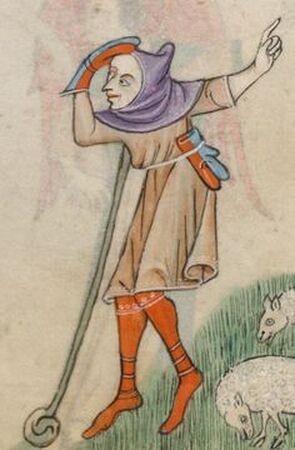
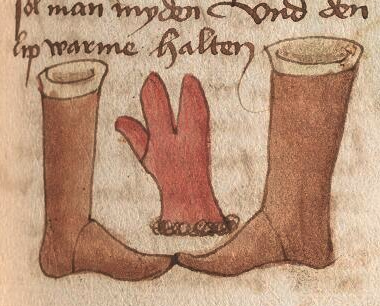
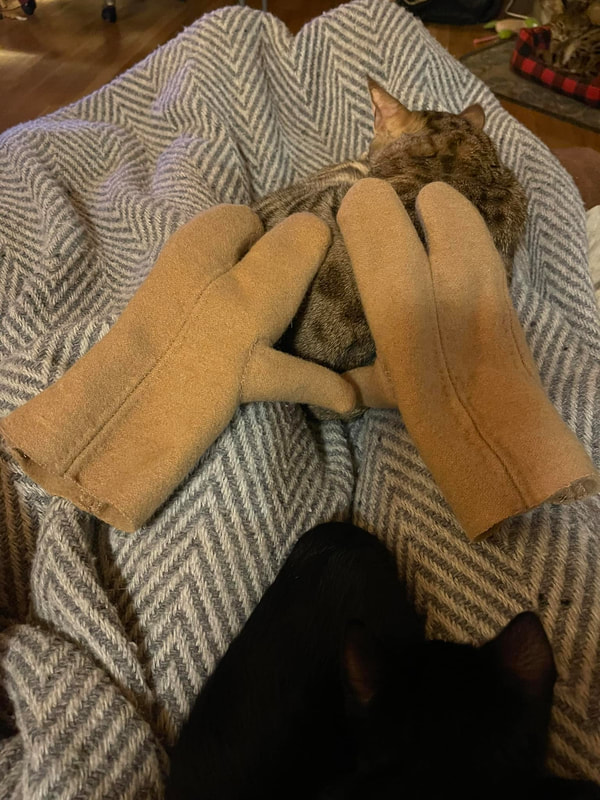
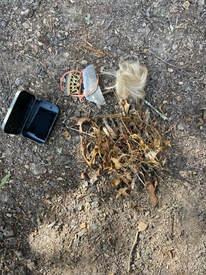
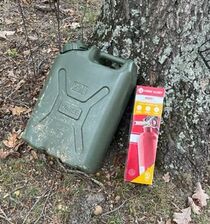
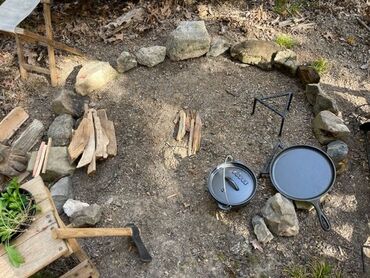
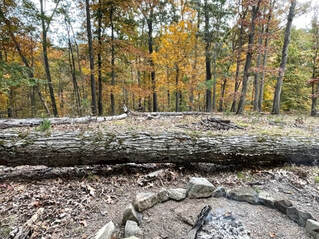
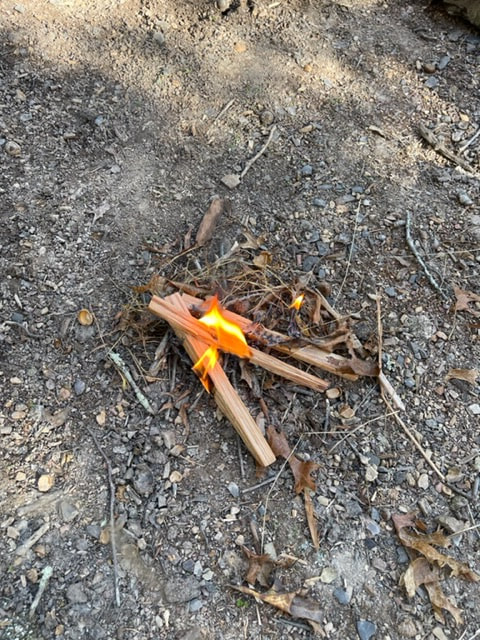
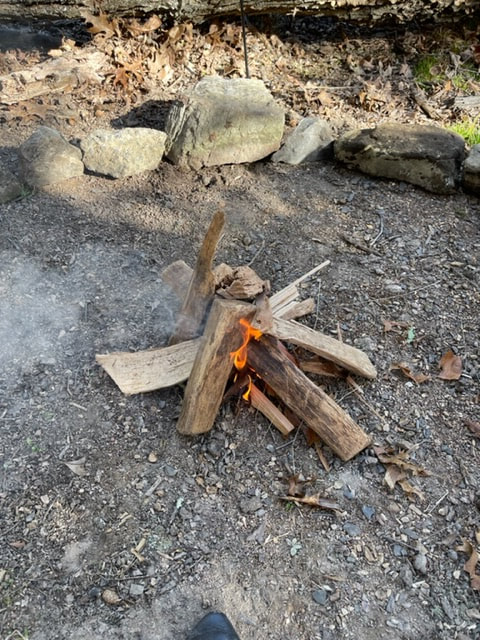
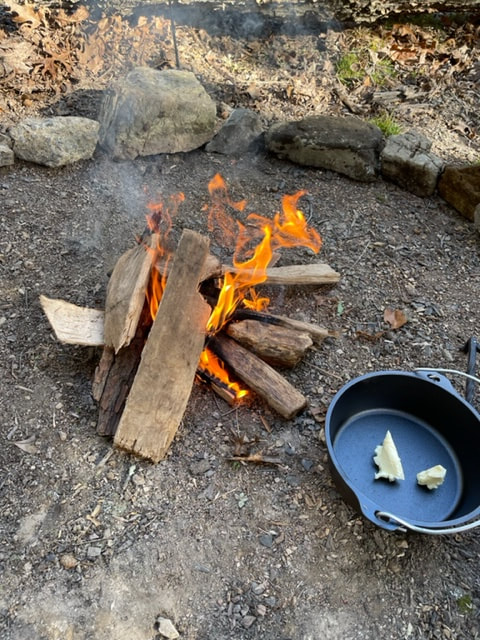
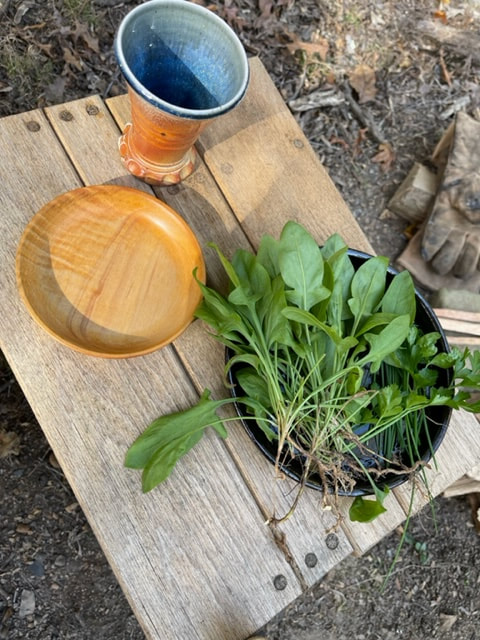
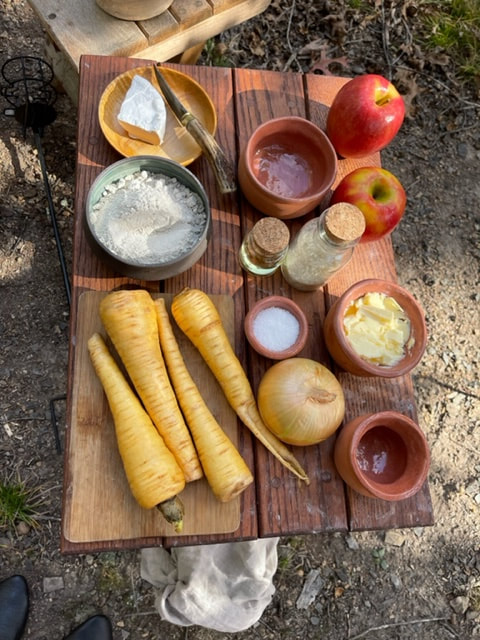
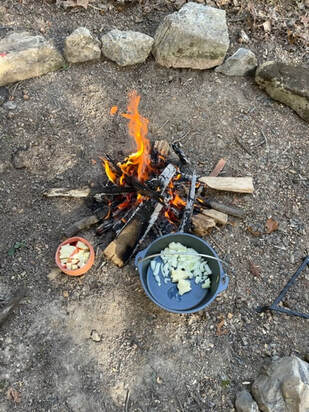
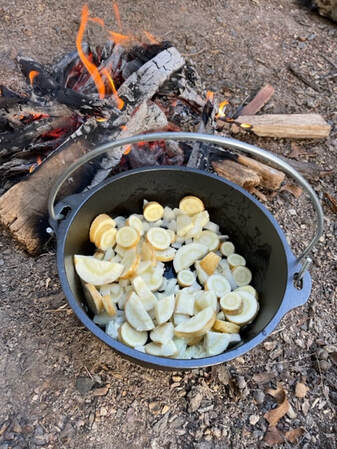
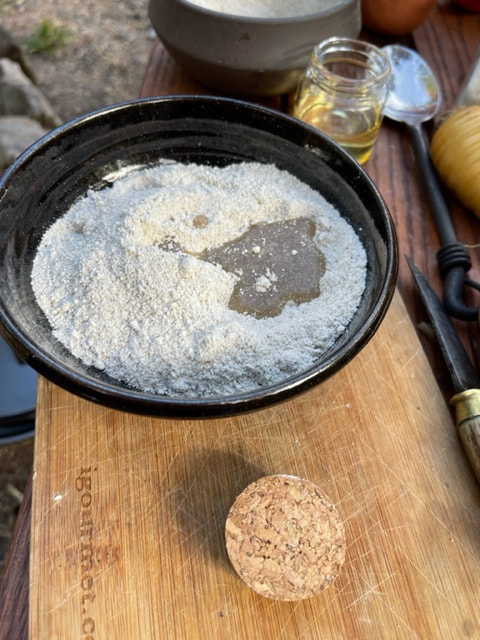
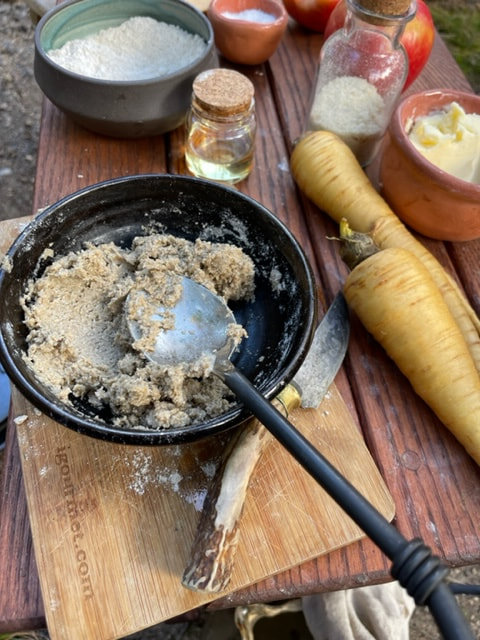
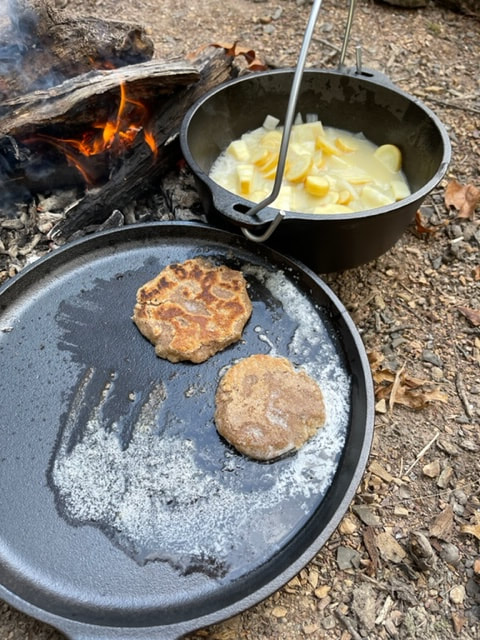
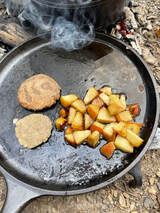
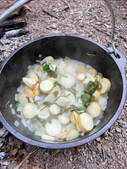
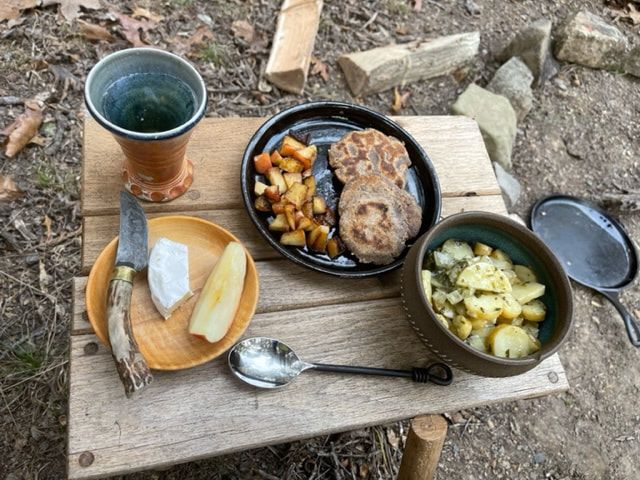
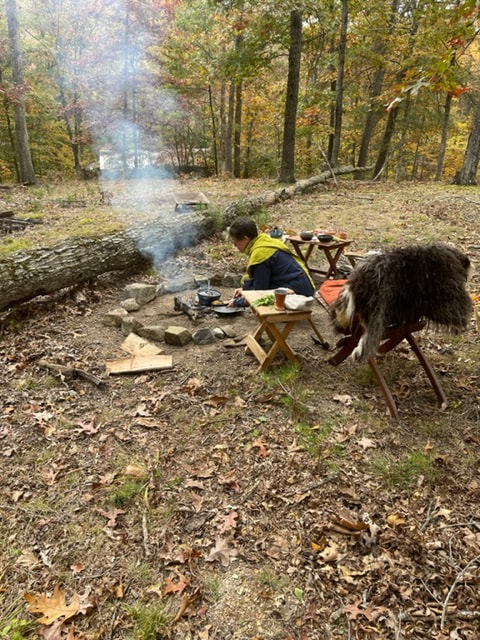
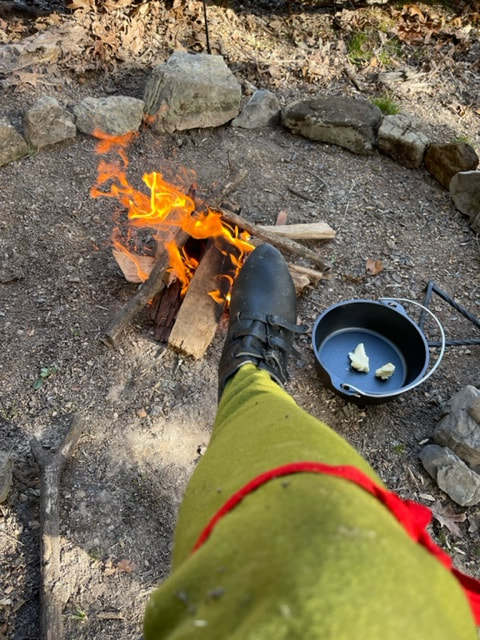
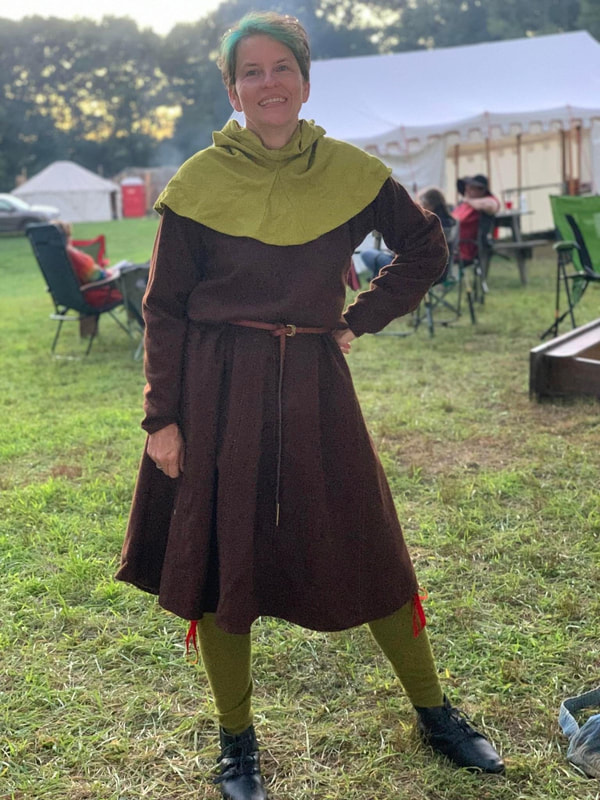
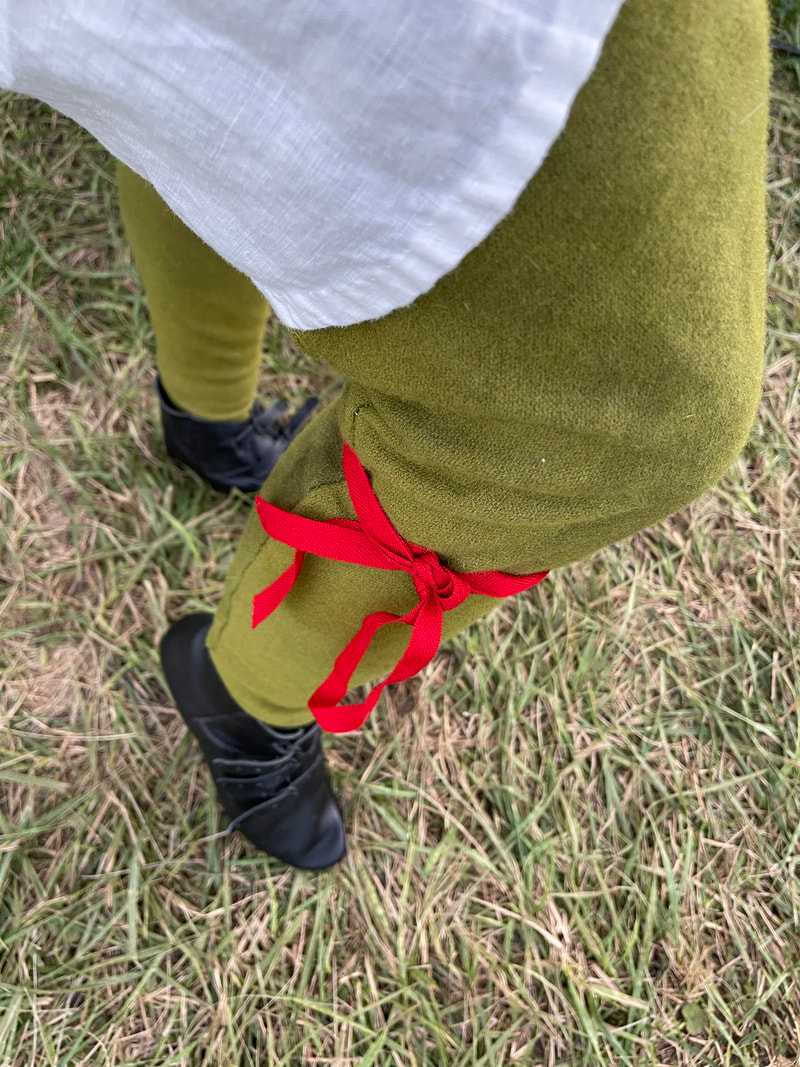
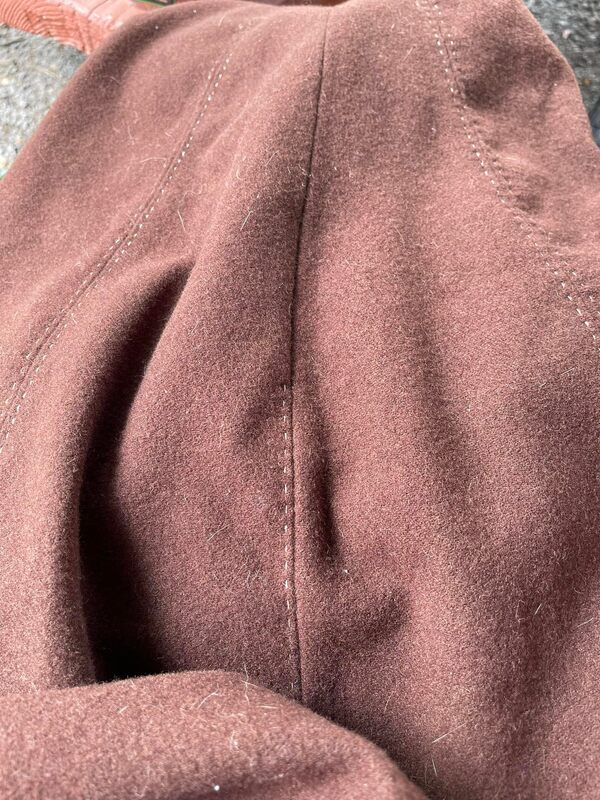
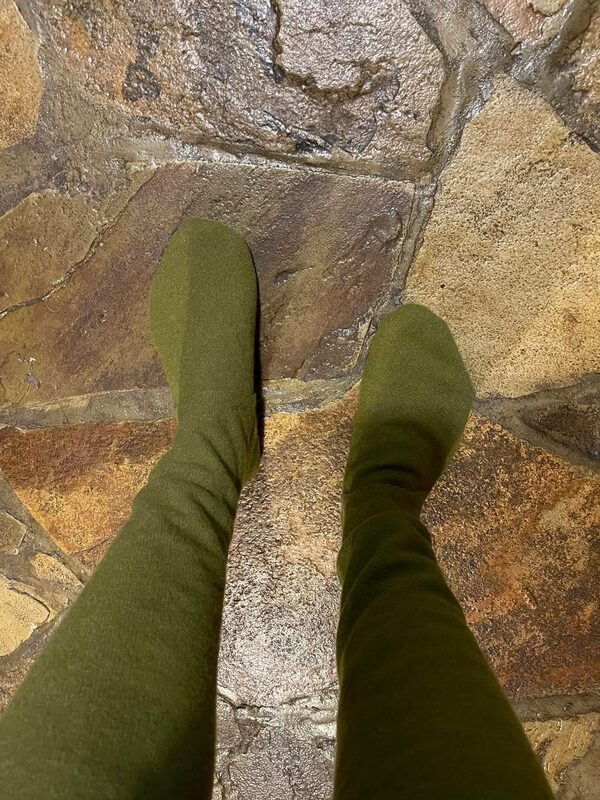
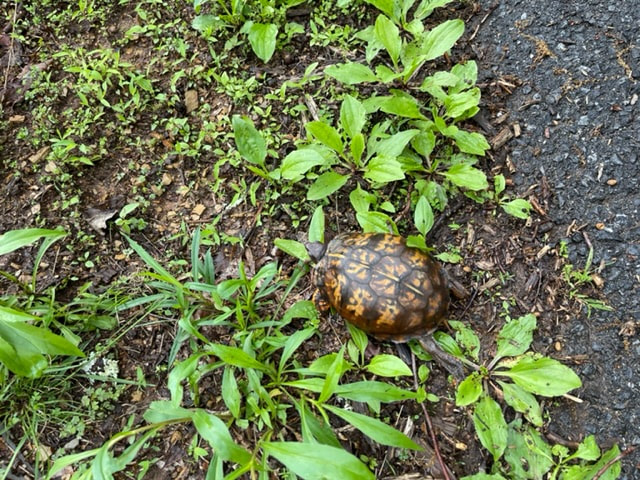
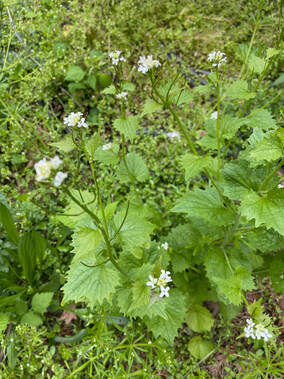
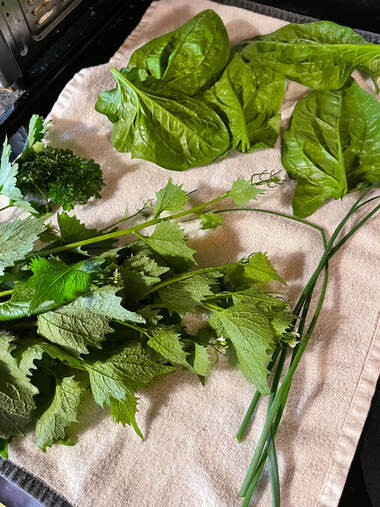
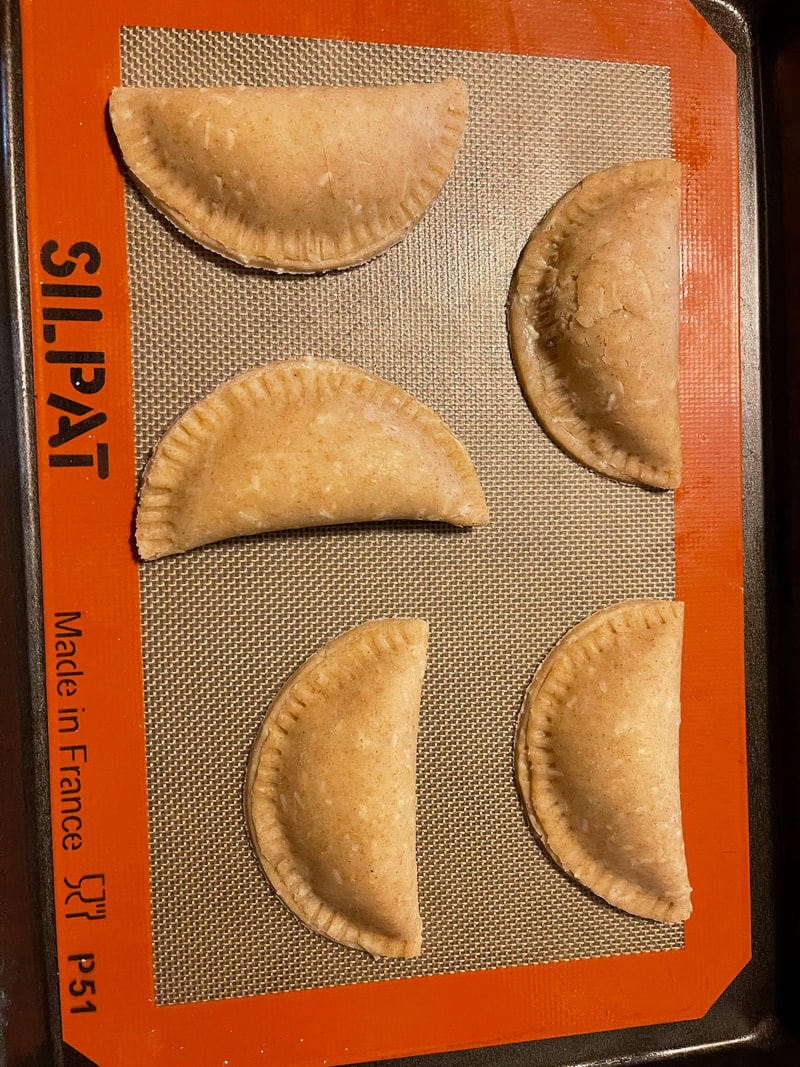
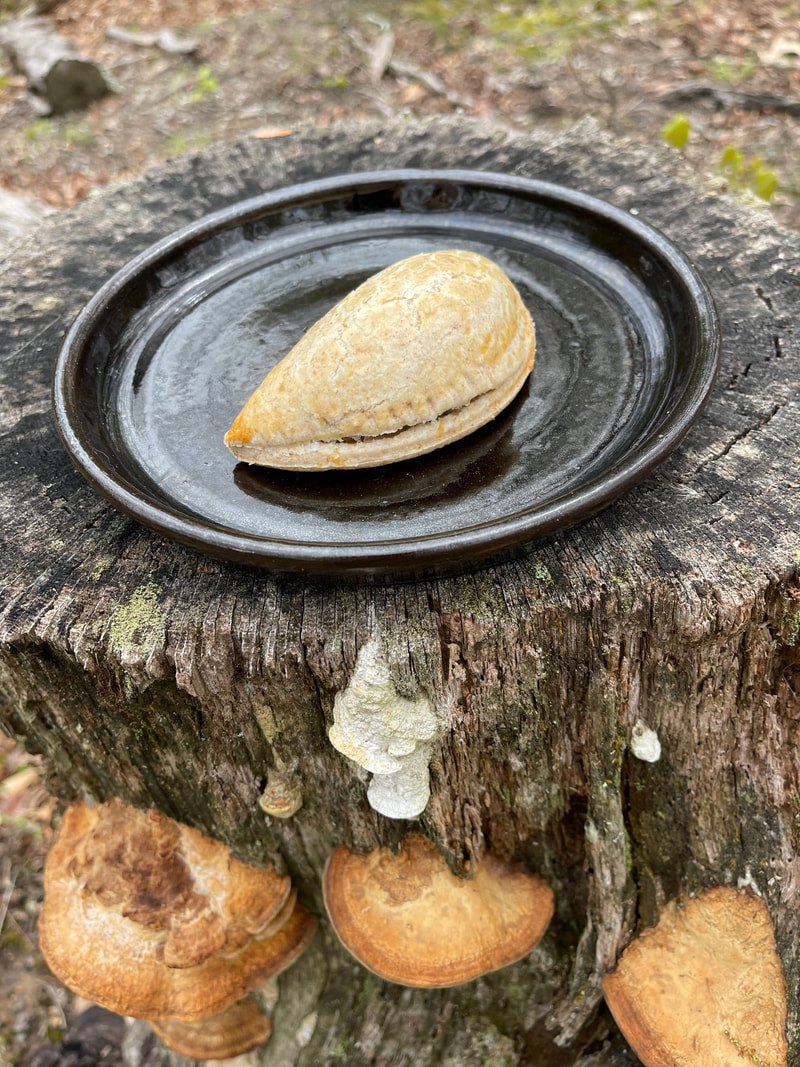
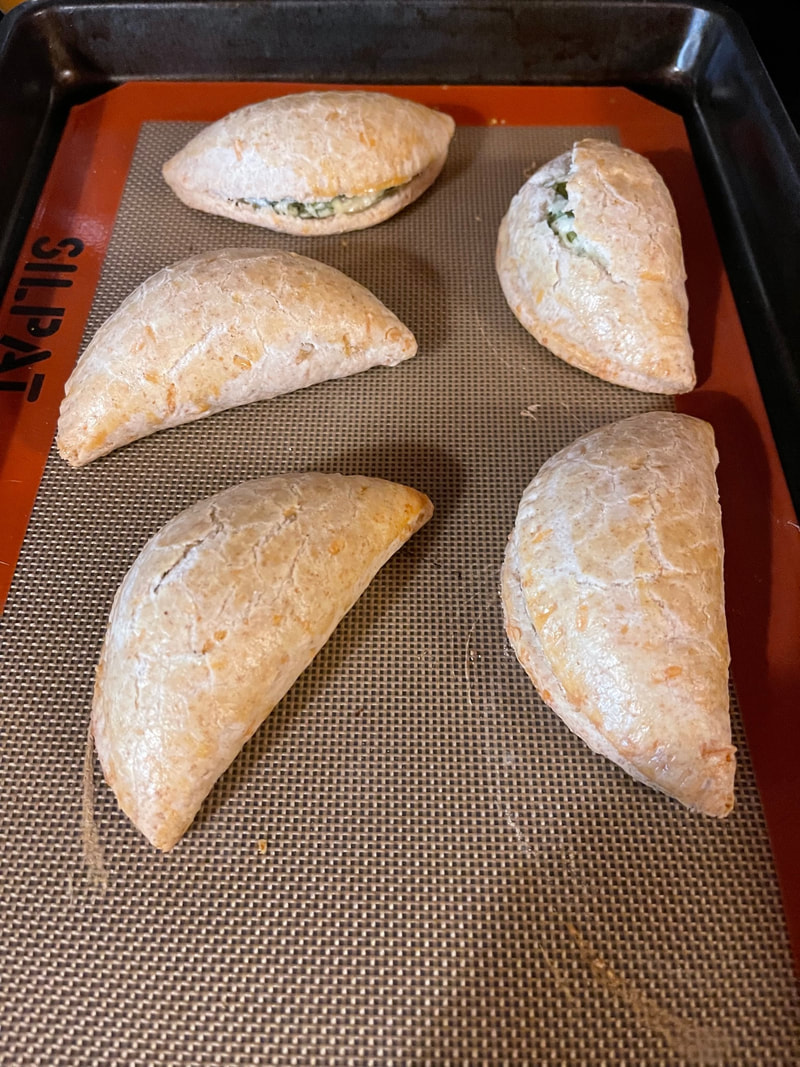
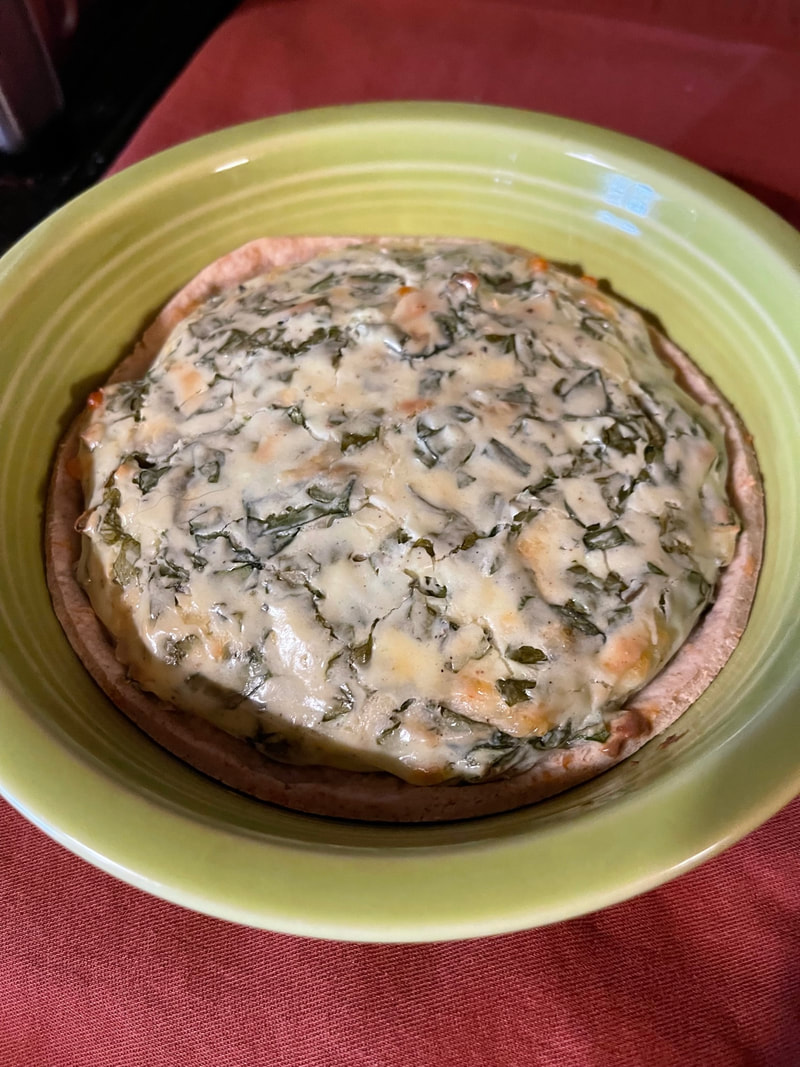
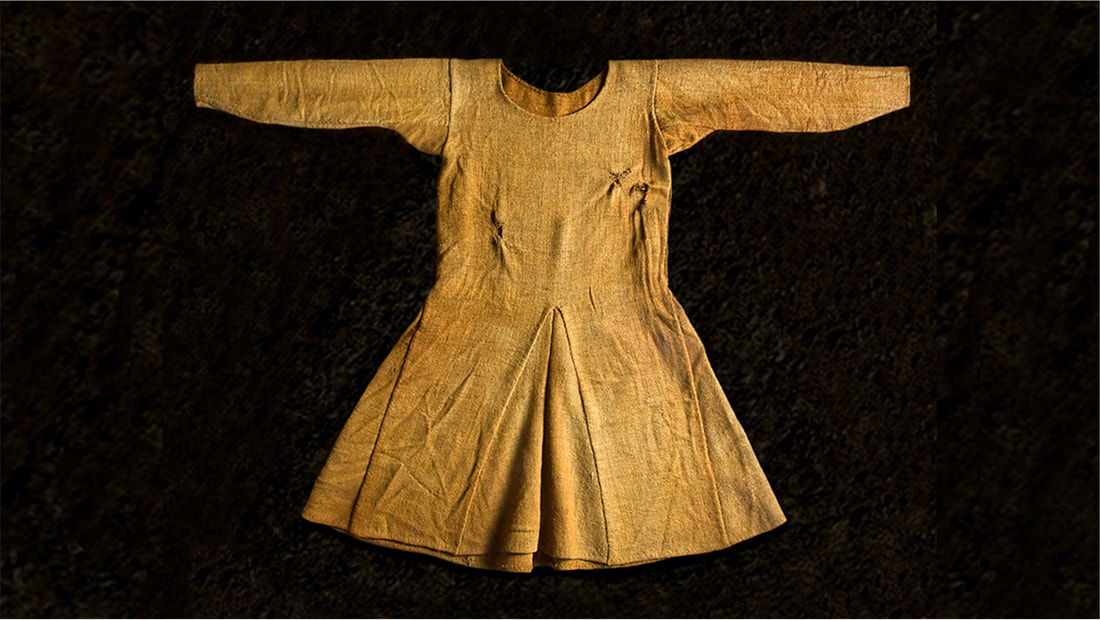

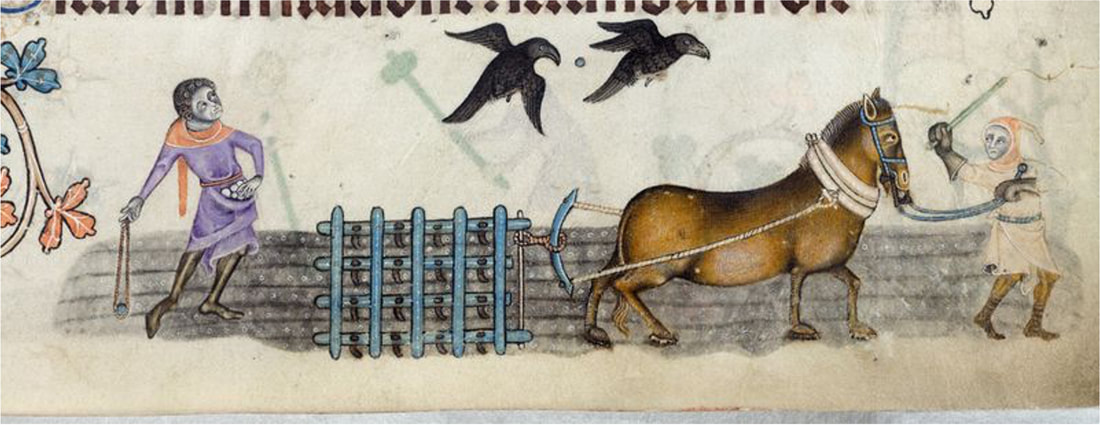
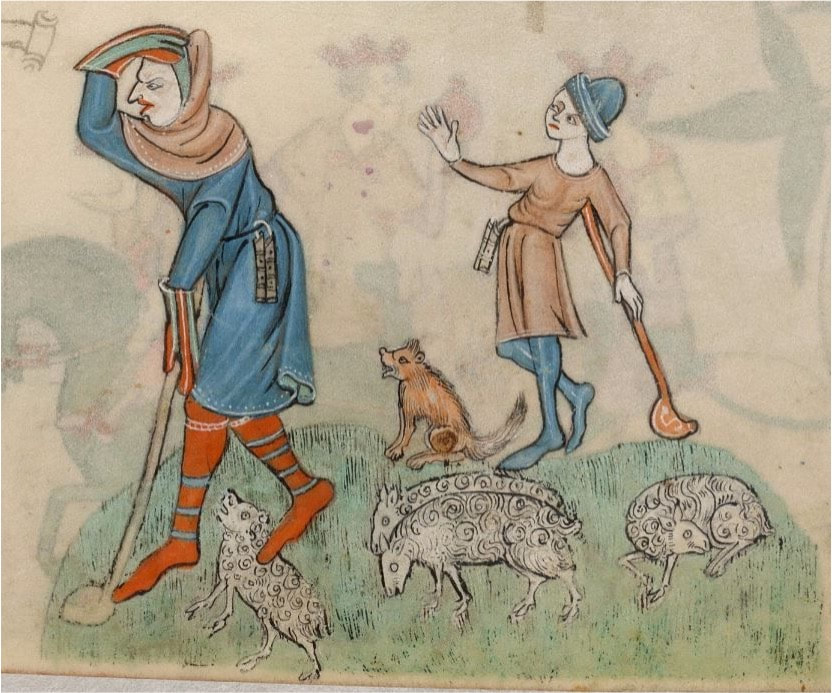
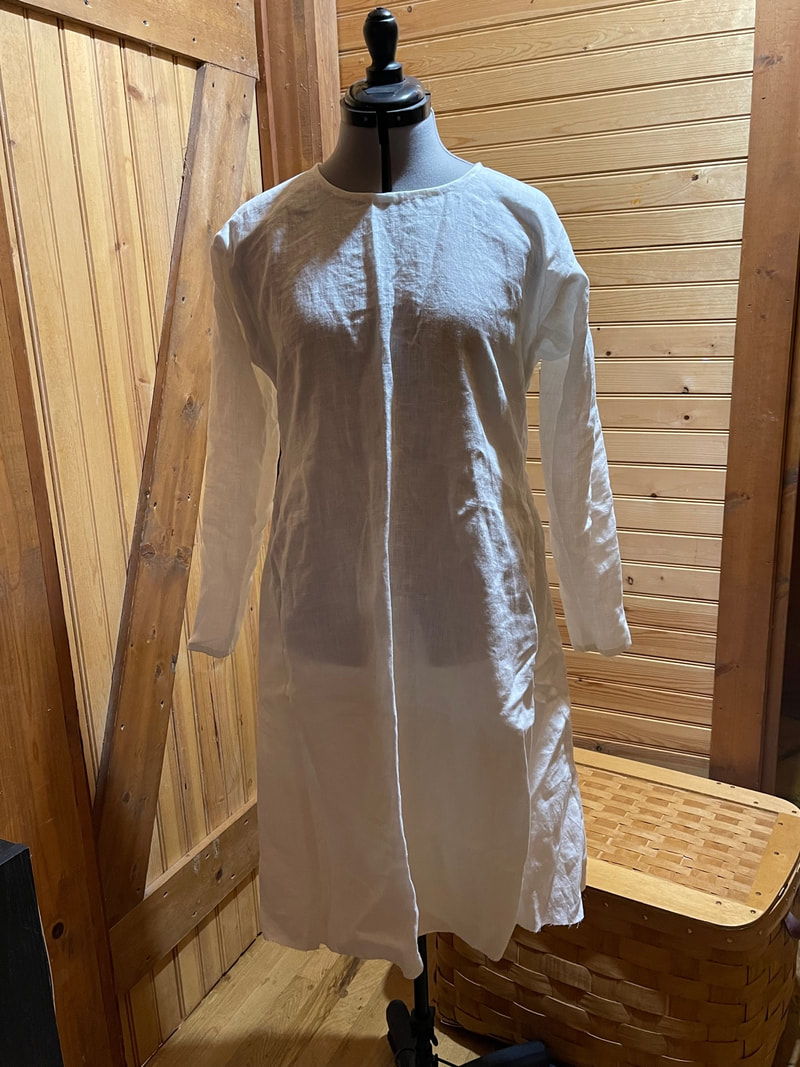
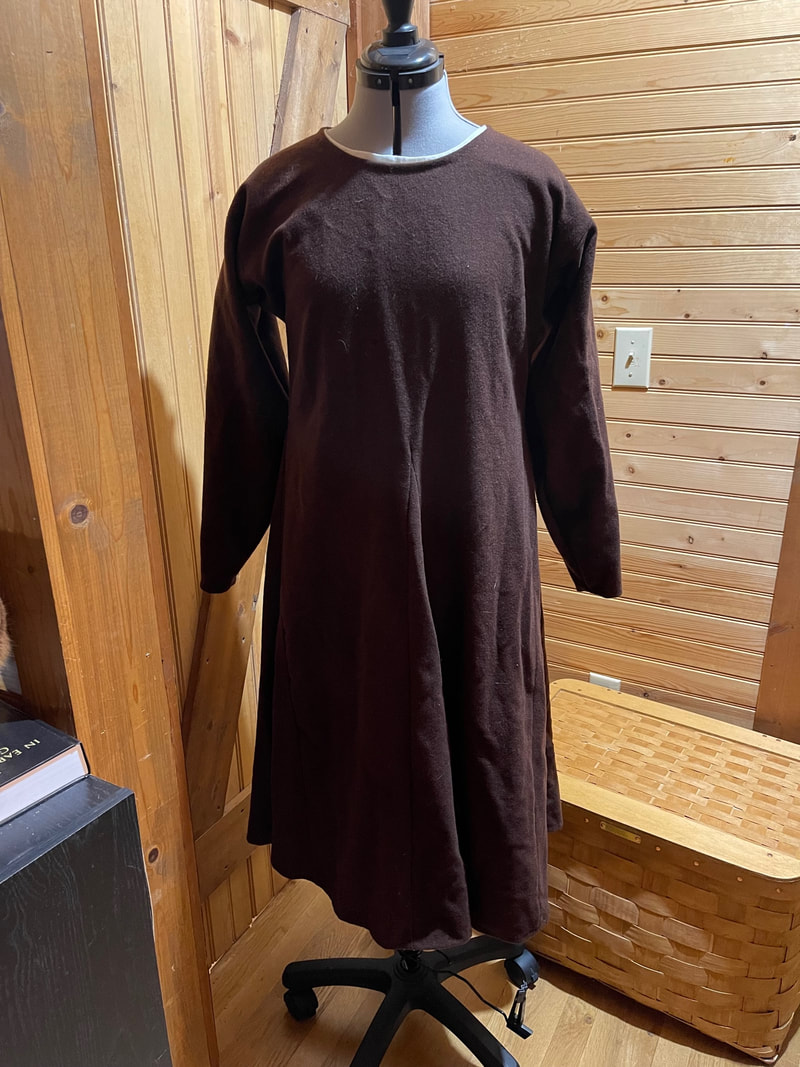
 RSS Feed
RSS Feed